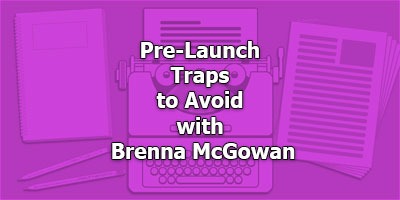
 Copywriters Podcast
Copywriters Podcast Pre-Launch Traps to Avoid with Brenna McGowan
17 snips
May 5, 2025 Brenna McGowan, a pre-launch expert, shares her insights on warming up markets before a launch. She highlights the crucial differences between pre-launch and launch emails, emphasizing the importance of strategic communication. Brenna dives into common pitfalls like confusing education with direct selling and the 'curse of knowledge' that traps many entrepreneurs. By tailoring content to client awareness stages, she stresses how effective pre-launch strategies can dramatically enhance sales outcomes. Her real-life success stories bring her strategies to life.
AI Snips
Chapters
Transcript
Episode notes
Pre-Launch vs Launch Explained
- The biggest difference is that pre-launch sells the idea behind your offer, while launch sells the actual offer itself.
- Pre-launch builds belief in the buyer's mindset, preparing them to accept the solution later.
Use Pre-Launch to Raise Awareness
- Use pre-launch emails to sell the "why" behind the how, increasing prospect awareness step-by-step.
- Avoid mixing awareness raising with direct selling in the launch phase to keep messaging clear.
Correcting Prospects' Wrong Assumptions
- Many prospects try wrong solutions because they misidentify their real problem.
- Correcting this misunderstanding is critical before they can accept your true solution.

